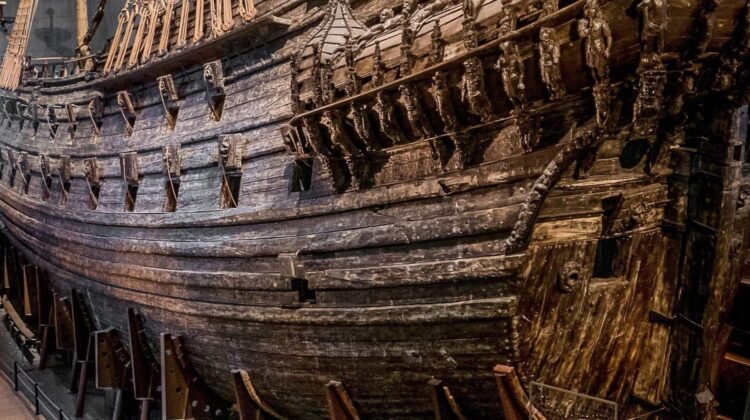
The Swedish warship Vasa is not only a remarkable feat of engineering but also a symbol of Sweden’s golden age of military expansion. Commissioned by King Gustavus Adolphus in the early 17th century, the Vasa was designed to be the most powerful warship in the world, with two gun decks and 64 bronze cannons. However, the ship met a tragic fate during its maiden voyage, sinking in Stockholm harbor in 1628. Despite this disaster, the Vasa remains one of the most remarkable examples of 17th-century naval architecture and is now considered the best-preserved ship of its time.
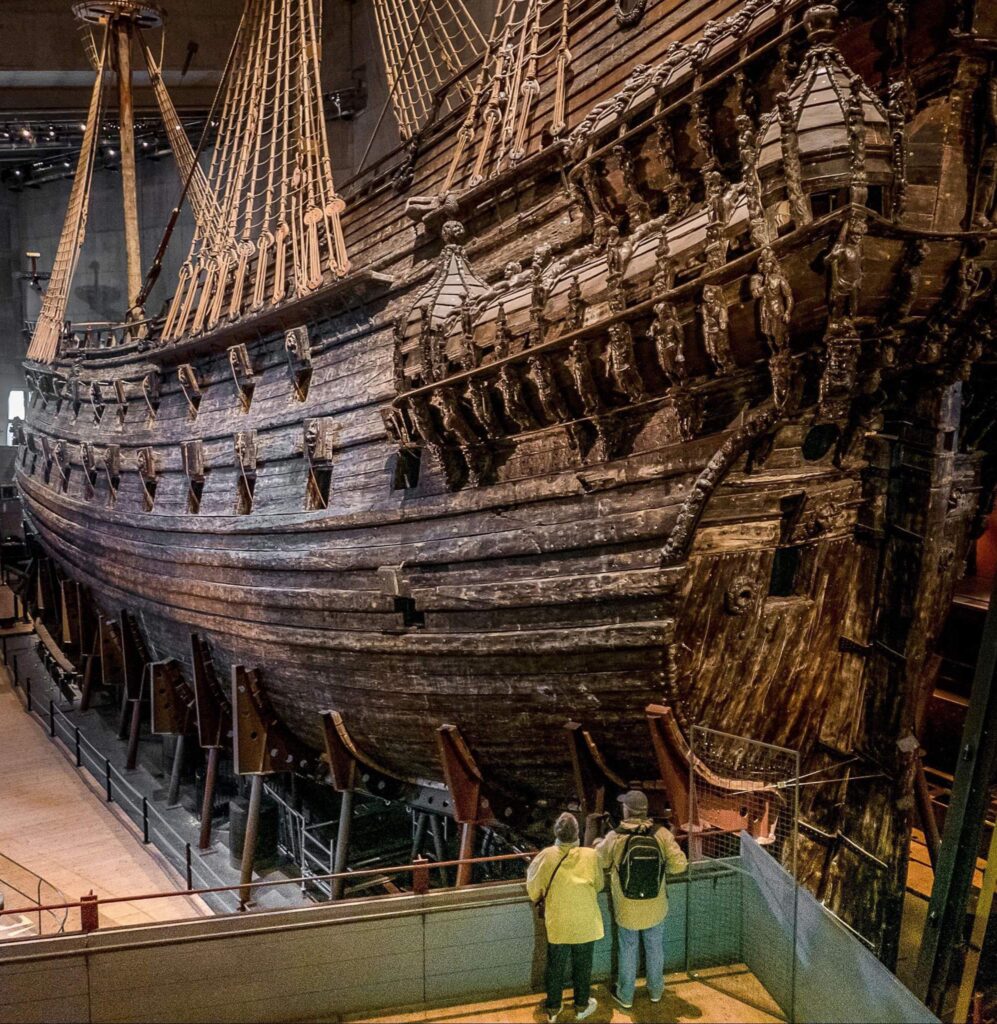

The Vasa was built between 1626 and 1628 at the behest of King Gustavus Adolphus, who wanted a warship that could rival the most powerful vessels of the day. The ship was built in Stockholm by Dutch shipbuilder Henrik Hybertsson and his team, who worked tirelessly to ensure that the Vasa would be both powerful and seaworthy. The ship was adorned with intricate carvings and painted with bright colors, making it a true work of art.

However, the Vasa’s maiden voyage proved to be its downfall. On August 10, 1628, the ship set sail with great fanfare, but after just a few minutes, it began to tilt to one side. The crew tried to right the ship by moving cannons and ballast, but their efforts were in vain. The Vasa sank to the bottom of Stockholm harbor, taking 30 crew members with it.

For over 300 years, the Vasa lay at the bottom of the harbor, largely forgotten. However, in the 1950s, Swedish archaeologist Anders Franzén became interested in finding the wreck of the Vasa. He searched for years, studying old maps and using his knowledge of the harbor’s currents to narrow down the search area. In 1956, Franzén finally located the wreck of the Vasa, which was largely intact despite centuries underwater.
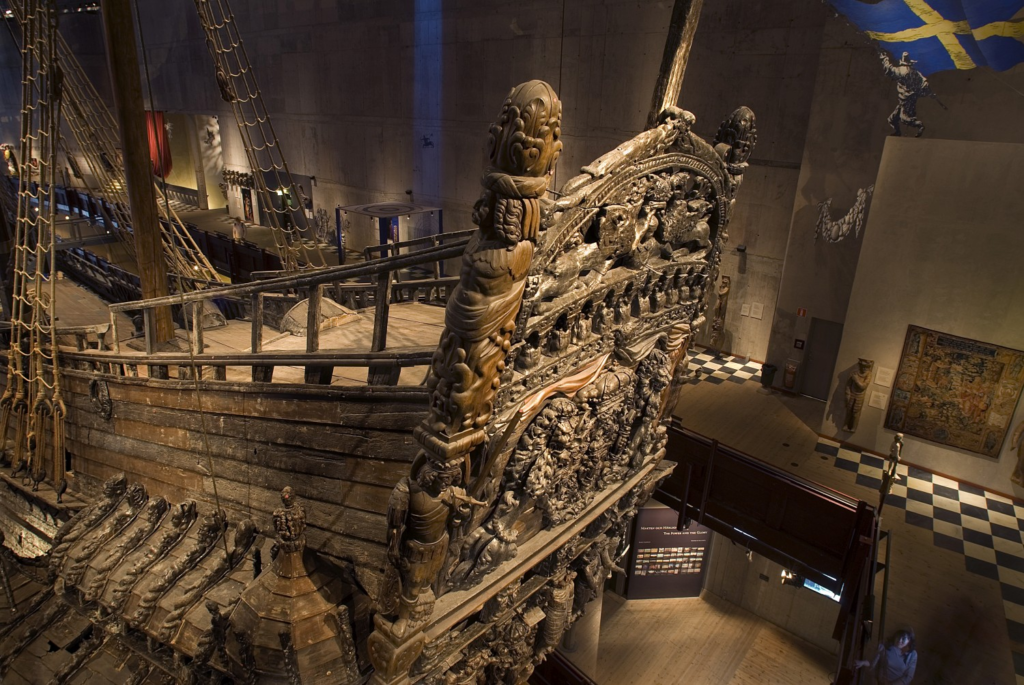
Over the next several years, efforts were made to raise the Vasa from the bottom of the harbor. The ship was raised in 1961, and it was found to be in remarkably good condition, with almost 98% of the original woodwork still intact. The ship was carefully restored and placed on display at the Vasa Museum in Stockholm, where it remains today.
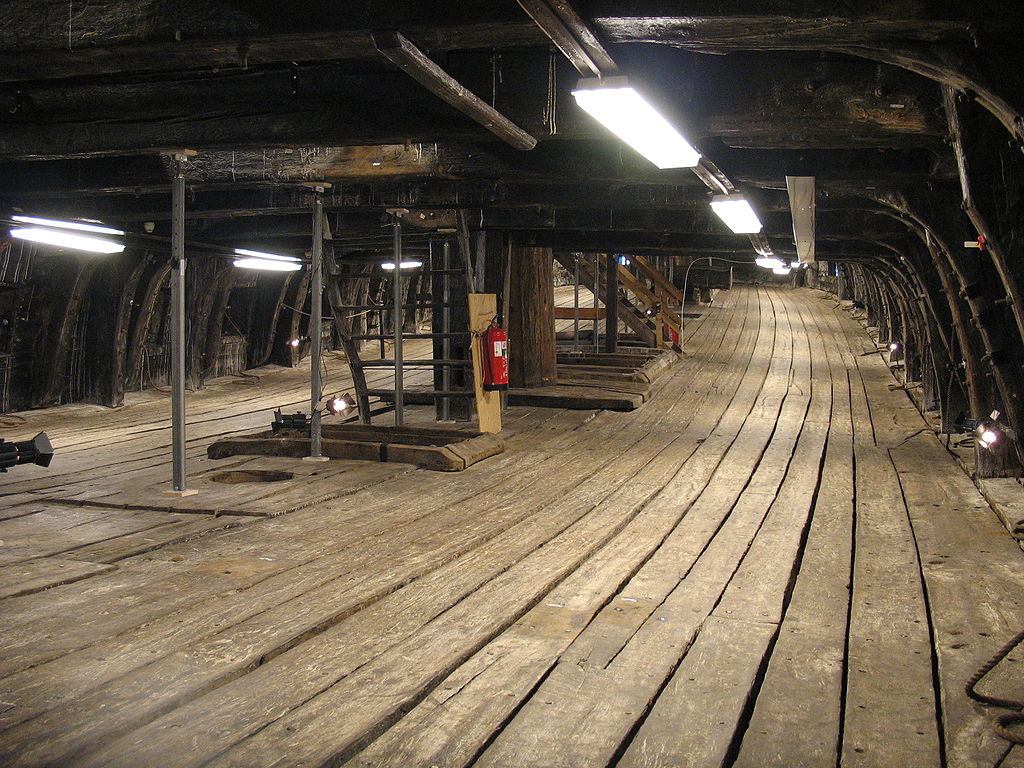
Today, the Vasa is considered one of the most impressive examples of 17th-century naval architecture. Its intricate carvings and brightly colored paint job have been carefully restored, allowing visitors to get a glimpse of what this magnificent ship must have looked like when it sailed the seas centuries ago. The Vasa Museum attracts over a million visitors every year, making it one of the most popular tourist destinations in Sweden.
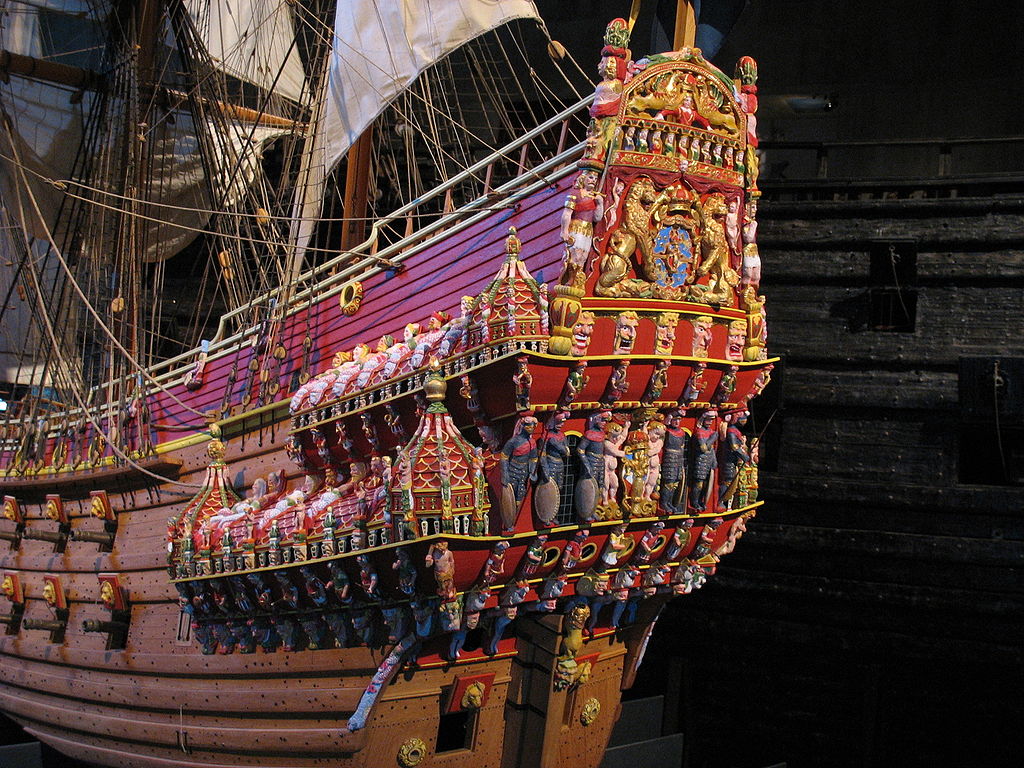
In conclusion, the Swedish warship Vasa is a true wonder of the world. Its tragic sinking and subsequent restoration have made it an important symbol of Sweden’s history and culture. Visitors to the Vasa Museum can see firsthand the incredible craftsmanship and engineering that went into this remarkable ship, making it an experience not to be missed.

Leave a Reply